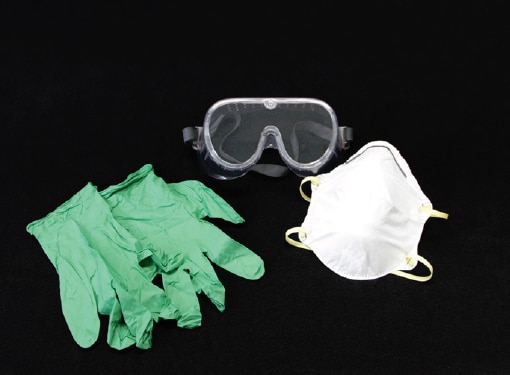Key points
- Coxiella burnetii is a highly infectious agent.
- The agent has been previously weaponized and is a potential terrorist threat.
- As few as 1–10 Coxiella burnetii organisms can cause disease in a susceptible person.
- In cases of suspected intentional release, post exposure prophylaxis can be considered for persons determined to be at high risk for exposure.

Coxiella burnetii bacteria
Coxiella burnetii, the bacteria that can lead to Q fever, is a highly infectious agent.
- It is resistant to heat, drying, and many common disinfectants.
- It can be aerosolized, and inhalation is the primary route of infection for people.
- Person to person transmission is rare but has been reported via transplacental exposure or sexual contact.
- Nosocomial infections are rare. These infections have been reported following autopsies and obstetrical procedures involving infected women.
- For more information on occupational exposure and prevention, see Diagnosis and Management of Q fever—United States, 2013, MMWR.
- For more information on occupational exposure and prevention, see Diagnosis and Management of Q fever—United States, 2013, MMWR.
Potential threats
- The C. burnetii agent has been previously weaponized for use in biological warfare. It is a potential terrorist threat.
- As few as 1–10 Coxiella burnetii organisms can cause disease in a susceptible person.
- The World Health Organization has estimated that if 50 kg of C. burnetii were aerosolized over an urban area with 500,000 inhabitants, there would be 125,000 cases of acute illness, 9,000 cases of chronic Q fever, and 150 fatalities.
- For the full report, see Health aspects of chemical and biological weapons, 2nd edition, 1970.
- For the full report, see Health aspects of chemical and biological weapons, 2nd edition, 1970.
- Unusual clusters of acute febrile illness with respiratory involvement or granulomatous hepatitis, in a community where no other cause can be identified, may indicate a possible intentional release of C. burnetii.
- In cases of suspected intentional release, post exposure prophylaxis (doxycycline 100 mg twice a day for 5–7 days) can be considered for persons determined to be at high risk for exposure.
- Post-exposure prophylaxis is not recommended for the prevention of naturally occurring Q fever.
- Chemoprophylaxis is only effective if administered within 8–12 days of exposure.
- Post-exposure prophylaxis is not recommended for the prevention of naturally occurring Q fever.
